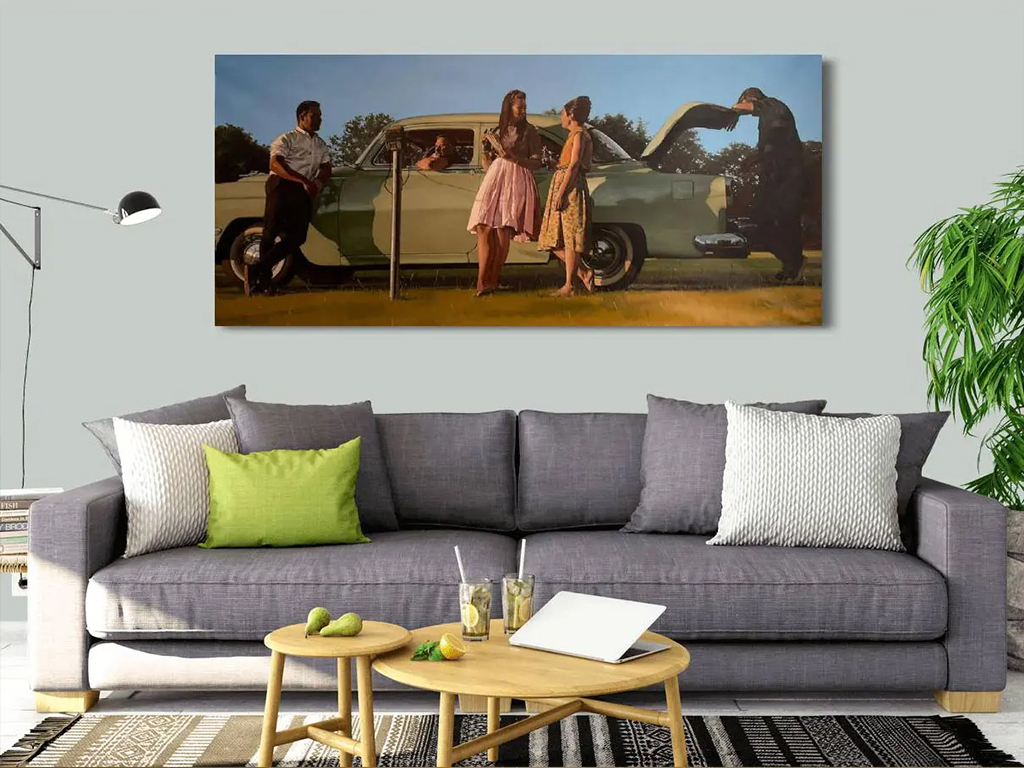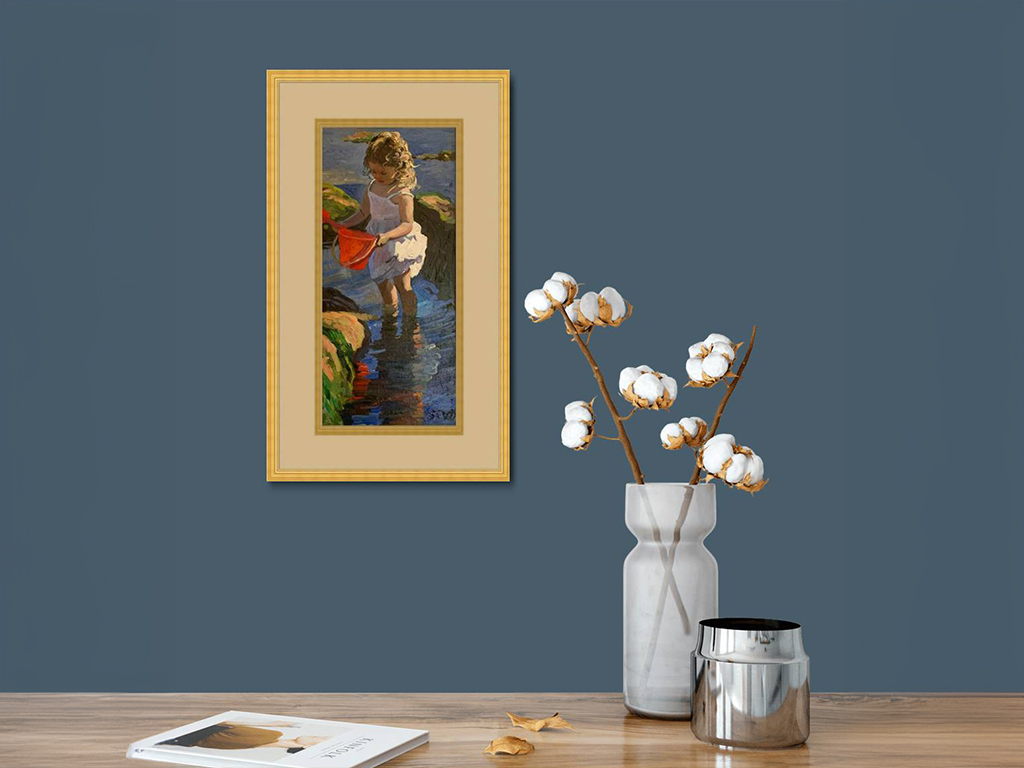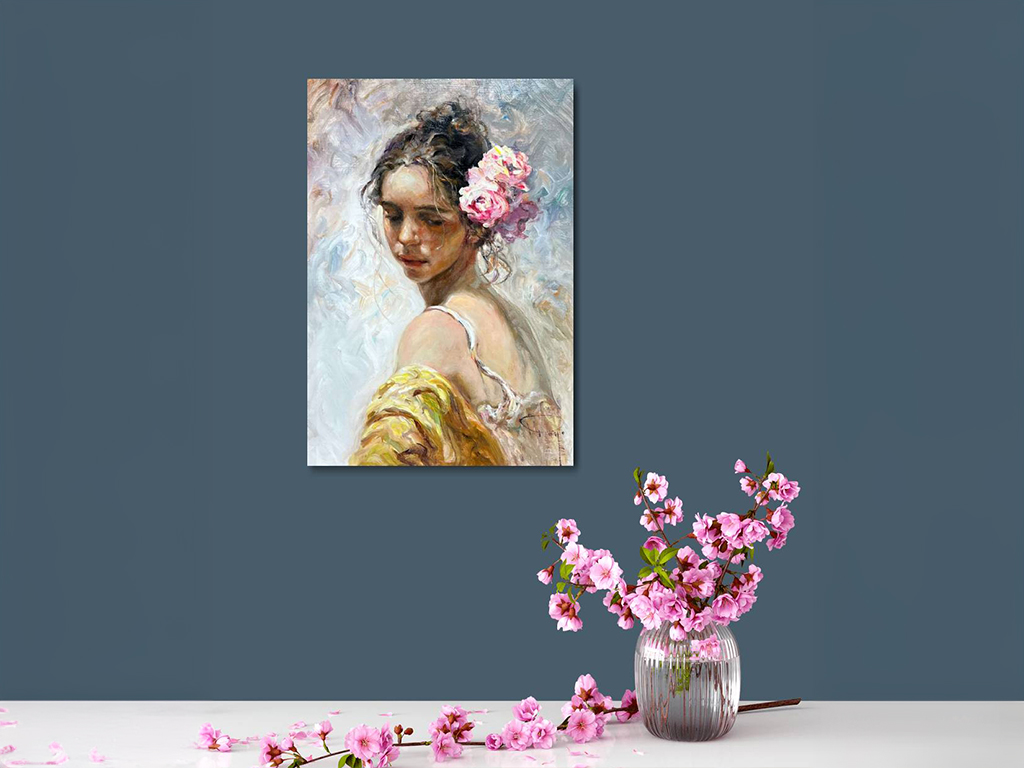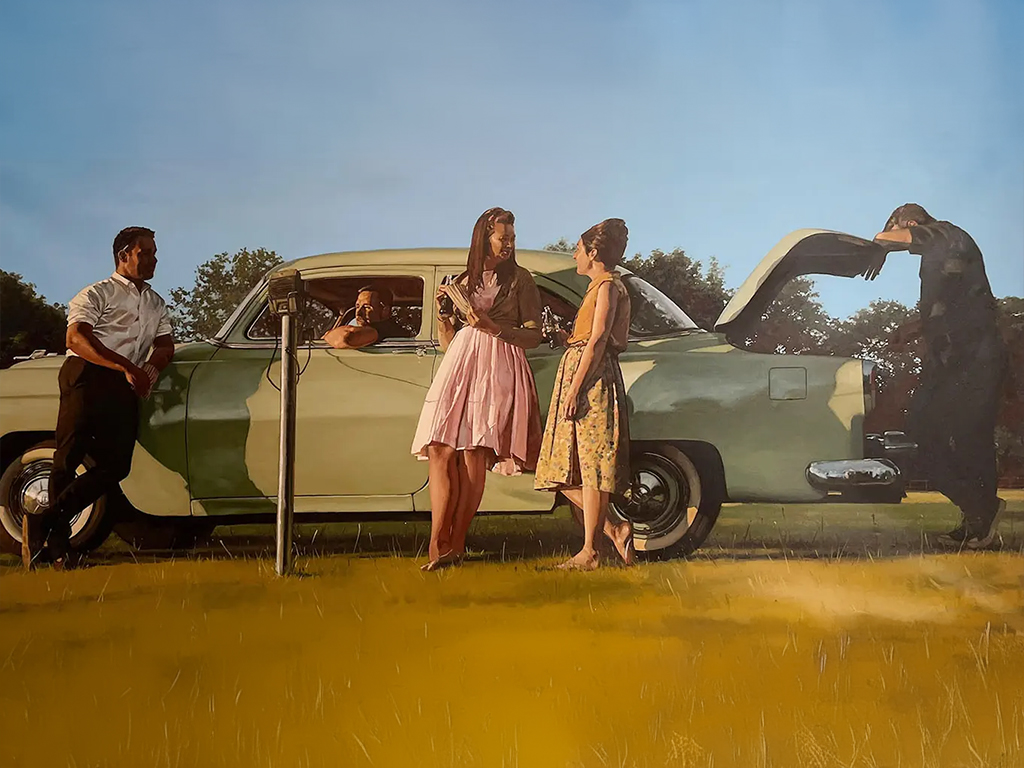Ah, the good old days. Back when everything was easier, simpler, more manageable, and more beautiful. At least that’s how we feel when we hear a classic song on the radio, or glance at an old family photo album – or for many of us, when we look at the art on our walls.
The longing for and recollection of the past – nostalgia – seems to be a driving force behind a great deal of the current choices in the contemporary art market. Many of our most popular artists have some element of nostalgia that can be traced in their styles… from Alexander Millar’s flat capped Gadgiesto the sun-drenched landscapes of Sherree Valentine Daines. And this is hardly a phenomenon that is limited to our artists. While cutting-edge, contemporary work is always evolving and bringing incredible new styles into the art world, there is just something about these ‘vintage’ visuals that keep bringing people back again and again.

Rosy and romanticised
Of course, we all know that the Good Old Days were not quite as rosy as our recollections would have us think. The actual merits of the past versus the present is a very difficult debate, and one that we are more than happy to leave to the politicians…
What we might forget is that the way nostalgia actually works is, in fact, through those classic rose-coloured glasses. We selectively remember the pieces of the past that we want to, because those are the parts that give us the most pleasure. This is a psychological instinct that comes completely naturally, and has a wide range of benefits. For example, it can help us feel more stable and secure in times of transition or stress – we may not know what the future holds, but we can rest assured that we know what has already happened. We can also share our nostalgic tastes with those around us, creating social and cultural connections as we find others who love neon leg warmers, cut glass decanters, or chiaroscuro portraiture.

Imagining the past
Of course, when we find a nostalgic painting or sculpture we love, it might be depicting a time we have never actually experienced. This is where defining nostalgia becomes less technical… We might feel nostalgic looking at a painting of a woman in a high waisted 50’s dress leaning against a vintage car, even if we were born decades too late to have seen it in person.
In these cases, we’re not longing for our own pasts, but the past in general – perhaps the past as we have heard it described. We might associate certain images with photos of our grandparents, classic movies we used to watch, or perhaps a more recent retro movement in fashion or music.
A key point to remember is the unseen force of the artist themselves. It’s not just our own longing for the past that we can see in these nostalgic paintings, prints, and sculptures, but the longing of the artists who created them. If we find ourselves being drawn into the romanticised world we see in the artwork, it might be because we have been invited there.
The importance of sentiment
Nostalgia is, at its core, an emotional experience, and not always a particularly complicated one. We look back at these idealised versions of the past and feel comfort, connection, and pleasure. Above all, nostalgia is sentimental, which has to be considered when looking at why we are so drawn to it.
There will always be people who argue that art should not be sentimental, and that truly great art should be bold, edgy, and dark. I would argue that these people need to sit down to watch Singin’ In the Rain with a cup of hot chocolate that then get back to me.
A painting of a young child paddling in a rockpool, backlit by a haze of sunshine, is a sentimental image. Of course it is; it’s supposed to be sentimental, it’s supposed to tug at our heartstrings. Art has always been a way for the artist to evoke an emotional response in the viewer, and with the universal appeal of nostalgia both as an expression for the artist, and a way to engage an audience, it’s no wonder that these vintage-inspired styles and content remain as popular as they ever were.

Connection through nostalgia
I recently went to see Scott Bradlee’s Postmodern Jukebox perform at the Edinburgh O2 Academy – the band performs a series of contemporary hits reimagined in different vintage music styles such as Big Band Jazz or Motown. I must say that I have never seen such a responsive audience in Edinburgh, nor an audience with such a wide age range! Sitting in an enraptured crowd watching a James Bond title-style cover of ‘Die for You’ by the Weeknd, it was hard not to think of art collectors, young and old alike, buying Fabian Perez prints or Jose Royo paintings to bring a touch of the past into their own homes.

In loving, collecting, buying, or selling art that celebrates nostalgia, we share the pleasure of enjoying something not because it is part of our everyday experiences, but because it isn’t. Everyone feels nostalgic at one time or another; why not make the most of it with our art?





